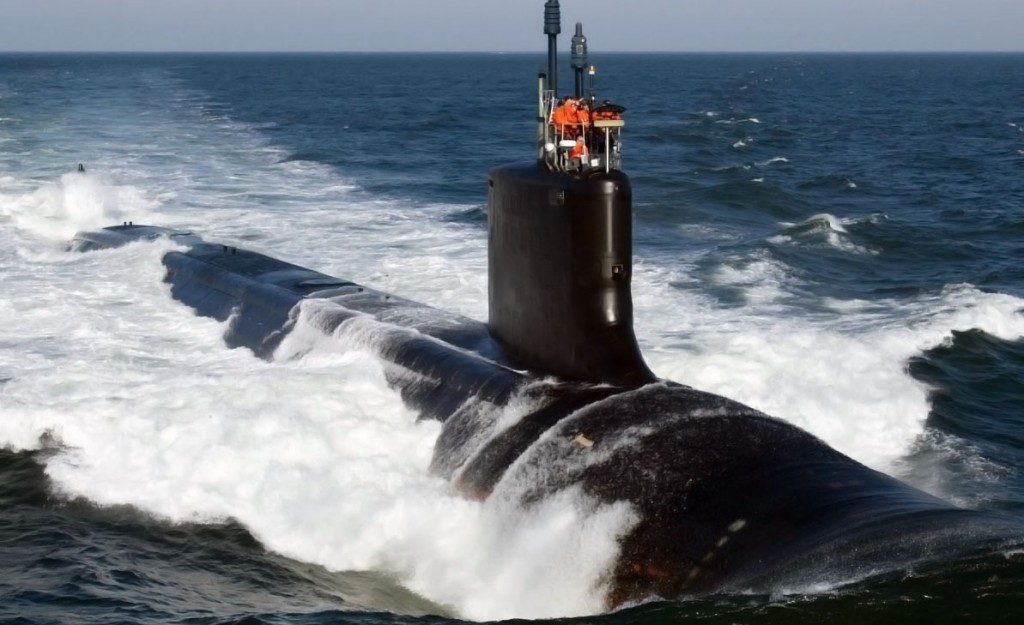Emerging Subsea Networks: The Search for High Capacity and Long Reach
Leave a Comment
To support the exponential growth of global data traffic, 100 Gb/s submarine transmission systems are being installed in transoceanic links. These systems offer capacity up to ~10 Tb/s on a single core fiber using a C-band Erbium doped fiber amplifier (EDFA).
However, there are distinct challenges involved in developing and deploying high-capacity transoceanic distance transmissions systems. One issue is the need to improve optical signal-to-noise ratio (OSNR) within the entire C- and L-bands. Another limitation lies in delivering electrical power to the offshore equipment supplying EDFA pumps. In addition, long haul undersea submarine systems are typically much longer than terrestrial systems and have unique requirements for fiber optic cables and repeaters used in harsh subsea environments.
In a new white paper presented at SubOptic 2016, OFS and OFS Labs researchers discuss key fiber and amplifier technologies that help users to achieve high capacity and long reach for submarine transmission systems. These technologies include ultra-large-effective area, low loss optical fibers and their impact on performance, along with key amplification techniques for both repeatered and repeaterless submarine systems.
To read this paper and learn more, CLICK HERE.
.
The Heat Is On
Leave a Comment
The commercial use of optical fiber in harsh environments is continually growing. These applications include medical probes that undergo sterilization at elevated temperatures and distributed sensors in oil and gas pipelines and wells exposed to extreme heat and cold. For these fibers to be used successfully, researchers and manufacturers must address the issues of fiber performance and reliability under the harshest conditions.
However, current theories and knowledge on the strength and dependability of silica-based optical fiber have been based almost exclusively on experiments conducted in optical telecommunications environments. Moreover, these tests only used a relatively narrow range of temperatures. For usage in extreme environments, fiber developers and users need new data and information.
In a recent white paper from OFS Specialty Photonics, researchers describe a setup for testing the tensile strength of optical fiber when exposed to high temperatures. This paper also reports the initial results of dynamic tensile strength testing conducted on polyimide-coated optical fiber at elevated temperatures over various time intervals.
To learn more and access this white paper, CLICK HERE.
Gimme Fiber!
Leave a Comment
On November 4, the FTTH Councils will celebrate “Gimme Fiber” Day. This annual event showcases the positive impact that optical fiber has had on communities around the world, and what global policymakers can do to help advance the expansion of fiber optic networks.
To help commemorate “Gimme Fiber” Day, the FTTH Councils will sponsor a series of activities including hosting an event in a city that has deployed a fiber network. This event will highlight the many benefits of that particular network and also the role that fiber deployment has made in bringing countless communities into the 21st century.
If your city is interested in hosting the 2016 “Gimme Fiber” Day, you can learn more about this event and download an application by CLICKING HERE. The deadline for application submission is May 15, and the winning venue will be announced at the FTTH Connect in Nashville on June 13-15.

